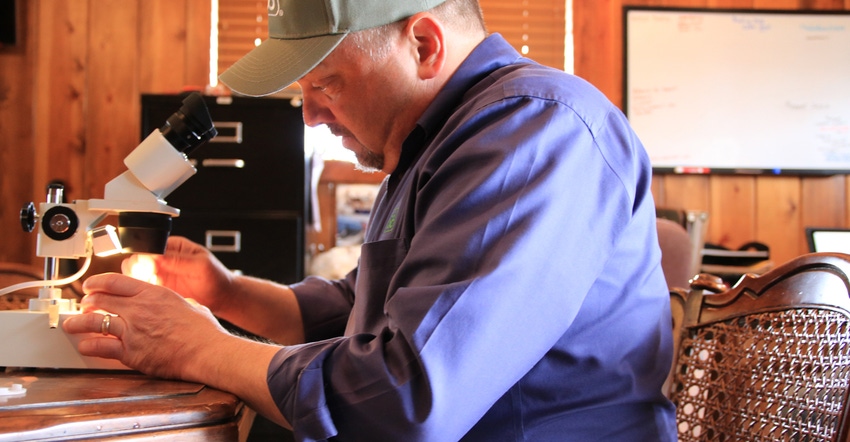
With corn planting underway, Pioneer agronomist Matt Montgomery says it’s important to remember that the kernel’s seed coat protects against “hungry organisms” waiting to grab on to starch. Uninhibited, they’ll use seeds for spawning more fungi or bacteria.
Corn kernels are composed of two other parts outside of the seed coat, or pericarp: the embryo and the endosperm. Together, they make up what Montgomery compares to a “machine” in a five-minute video for Pioneer.
There are different kinds of starch granules inside the kernel’s endosperm. In the video, he zooms in with a microscope and points out the darker horny endosperm to the left and the crown starch going through the middle. He says the darker starch is preferred by food-grade producers.
“This is more versatile for them. Crown starch almost immediately breaks apart into individual starch granules, which means that the uses of that material become very limited. They pretty much get broken down into the smallest possible particles, whereas horny starch can be used for many different things,” Montgomery says, adding starch is the fuel for the success of the embryo.
He says the first five to six leaves are packed underneath a coleoptile sheath, which serves as protection.
“It’s trying to protect that from the hostile environment in the soil,” Montgomery says. He notes the first object to leave the kernel, the radical, is similarly protected so that it can anchor the emergent crop.
To learn more, watch the video above.
About the Author(s)
You May Also Like




